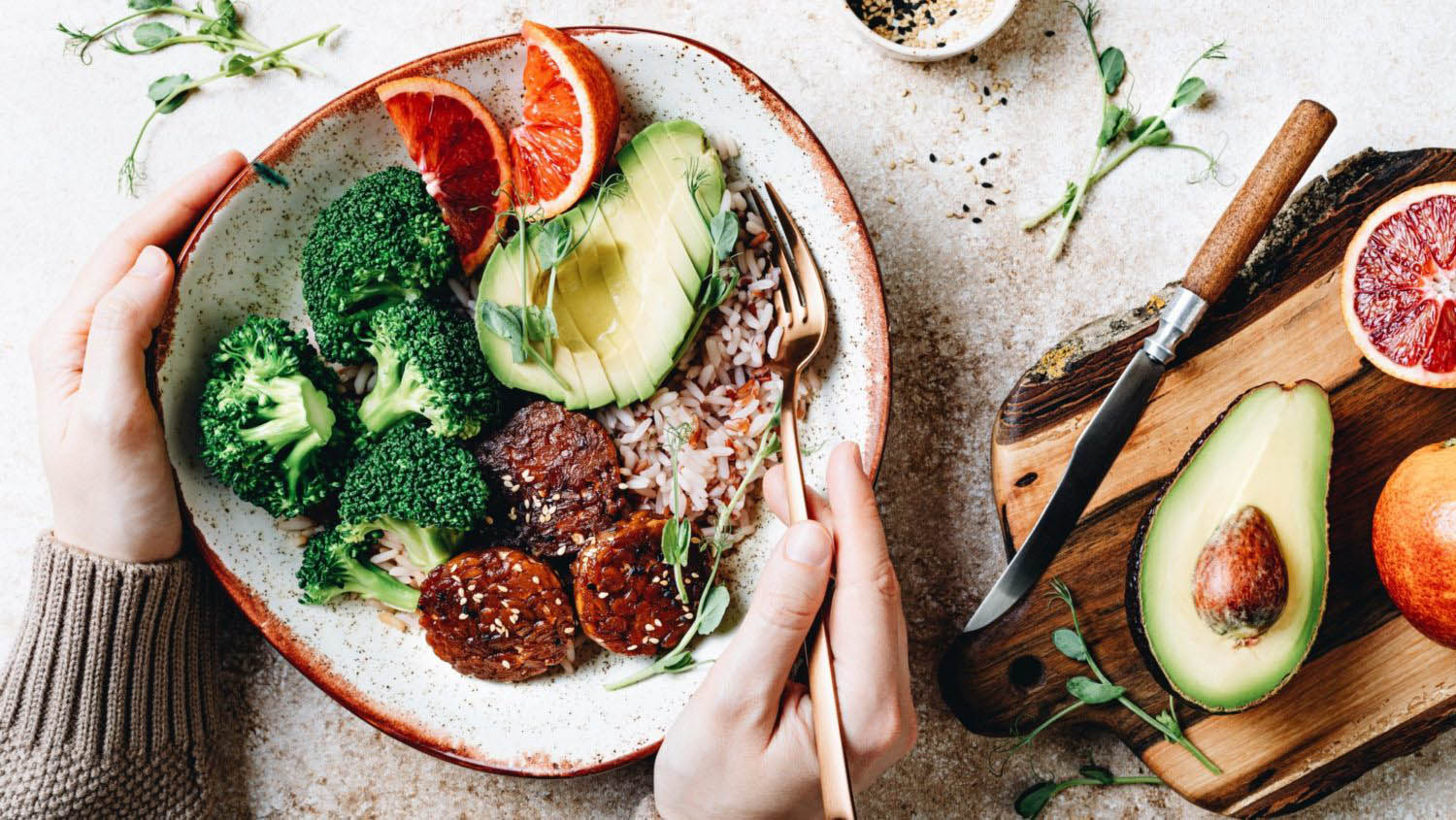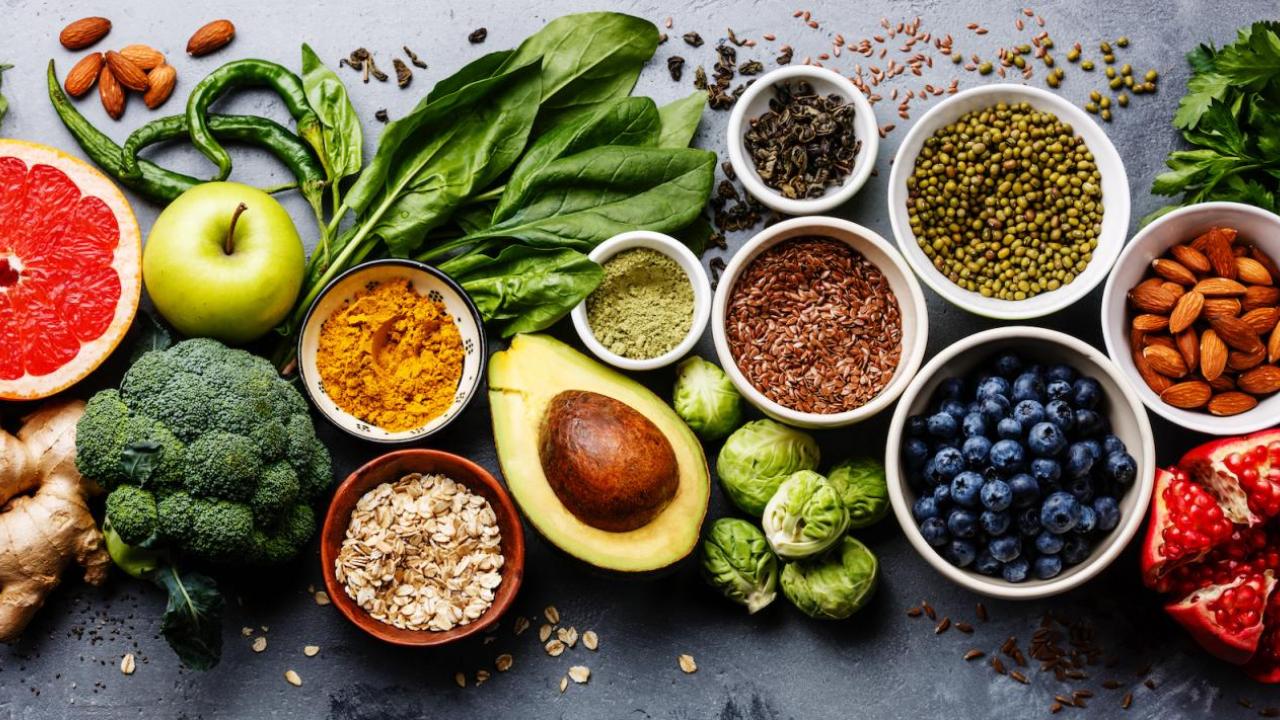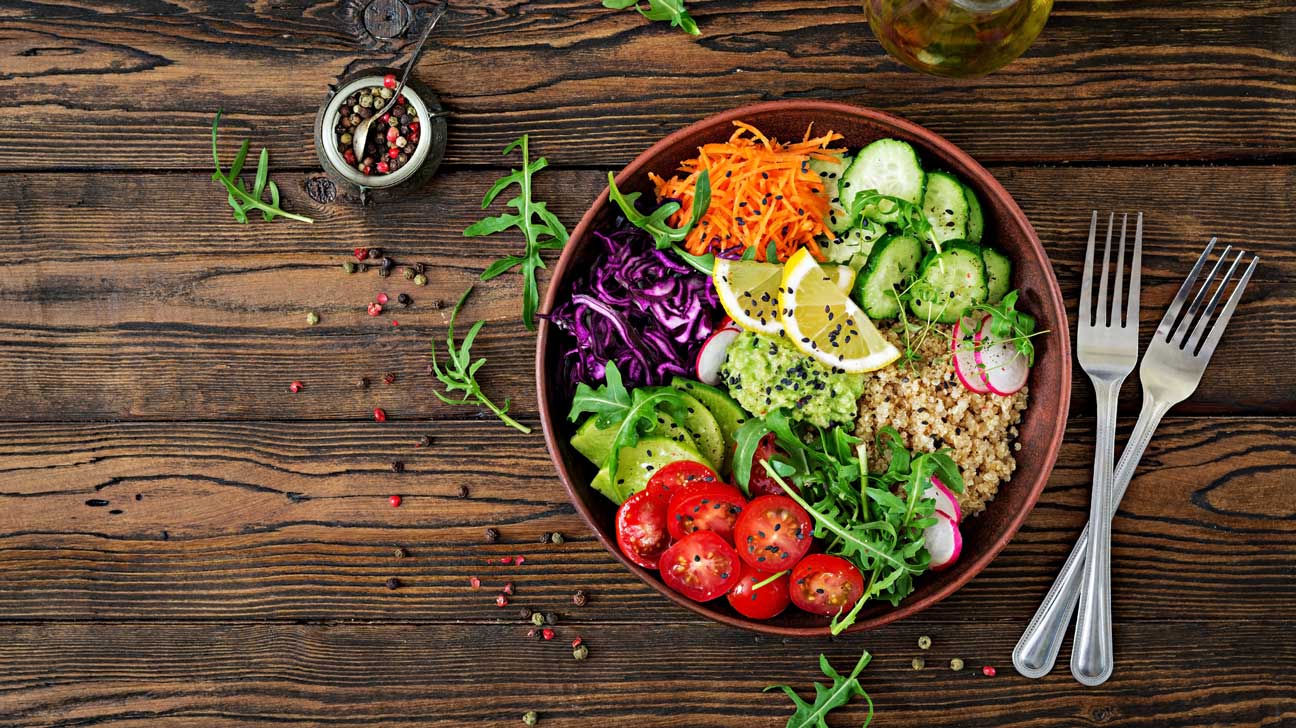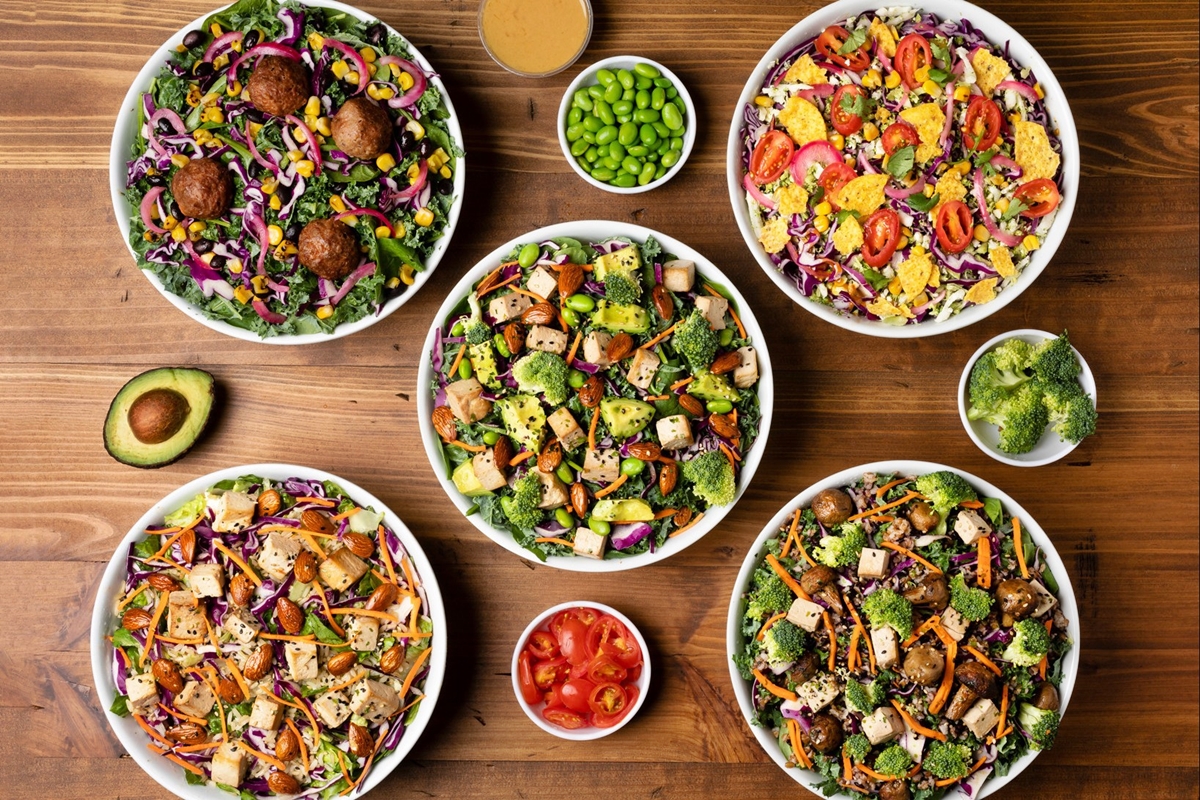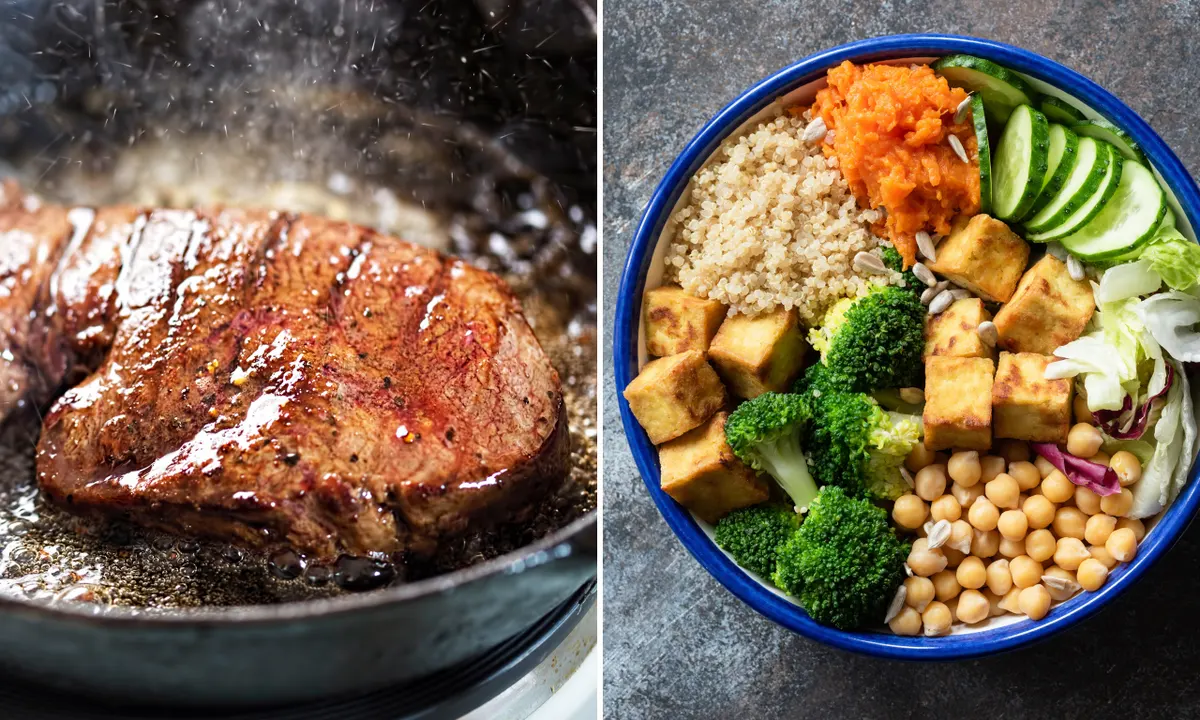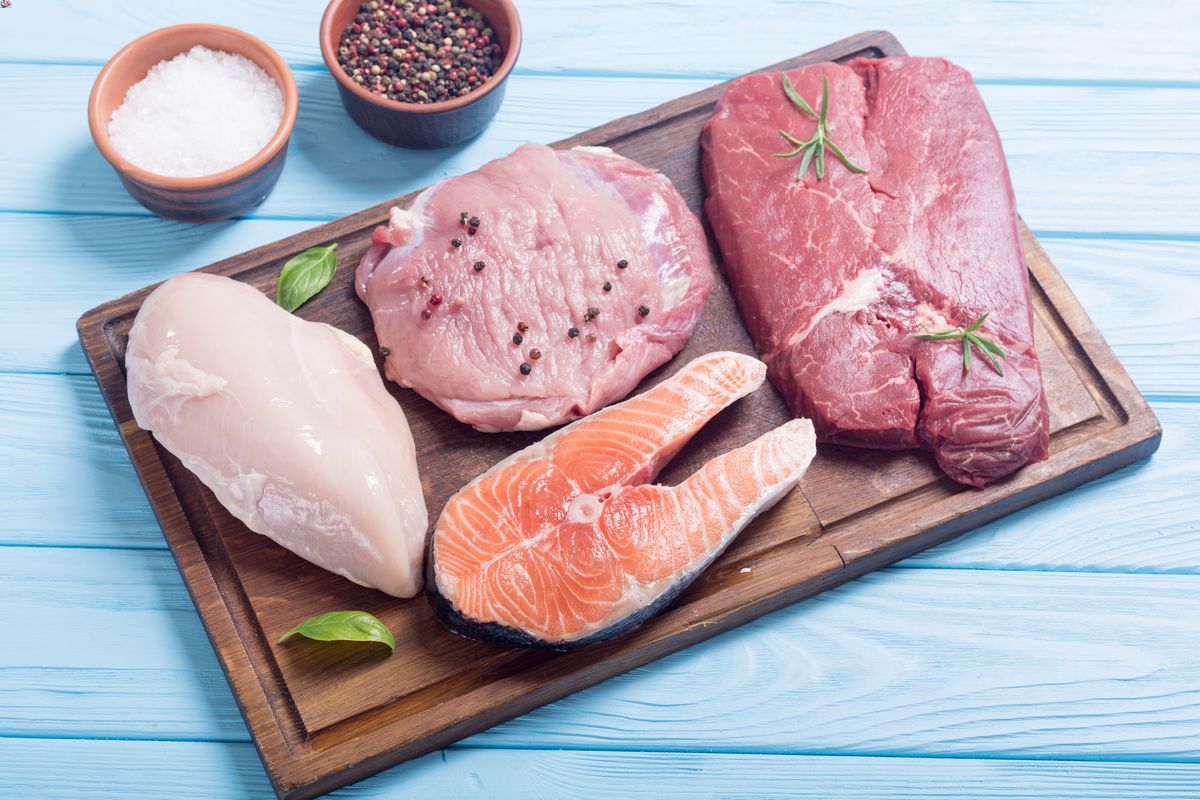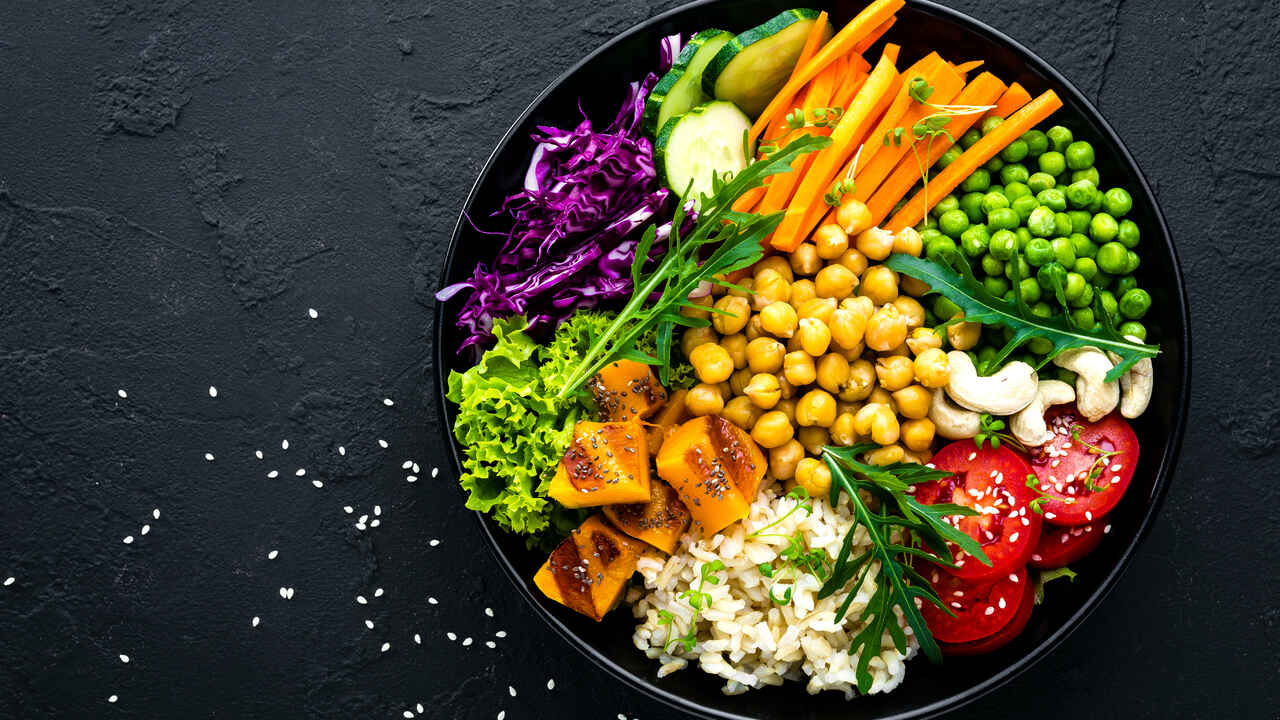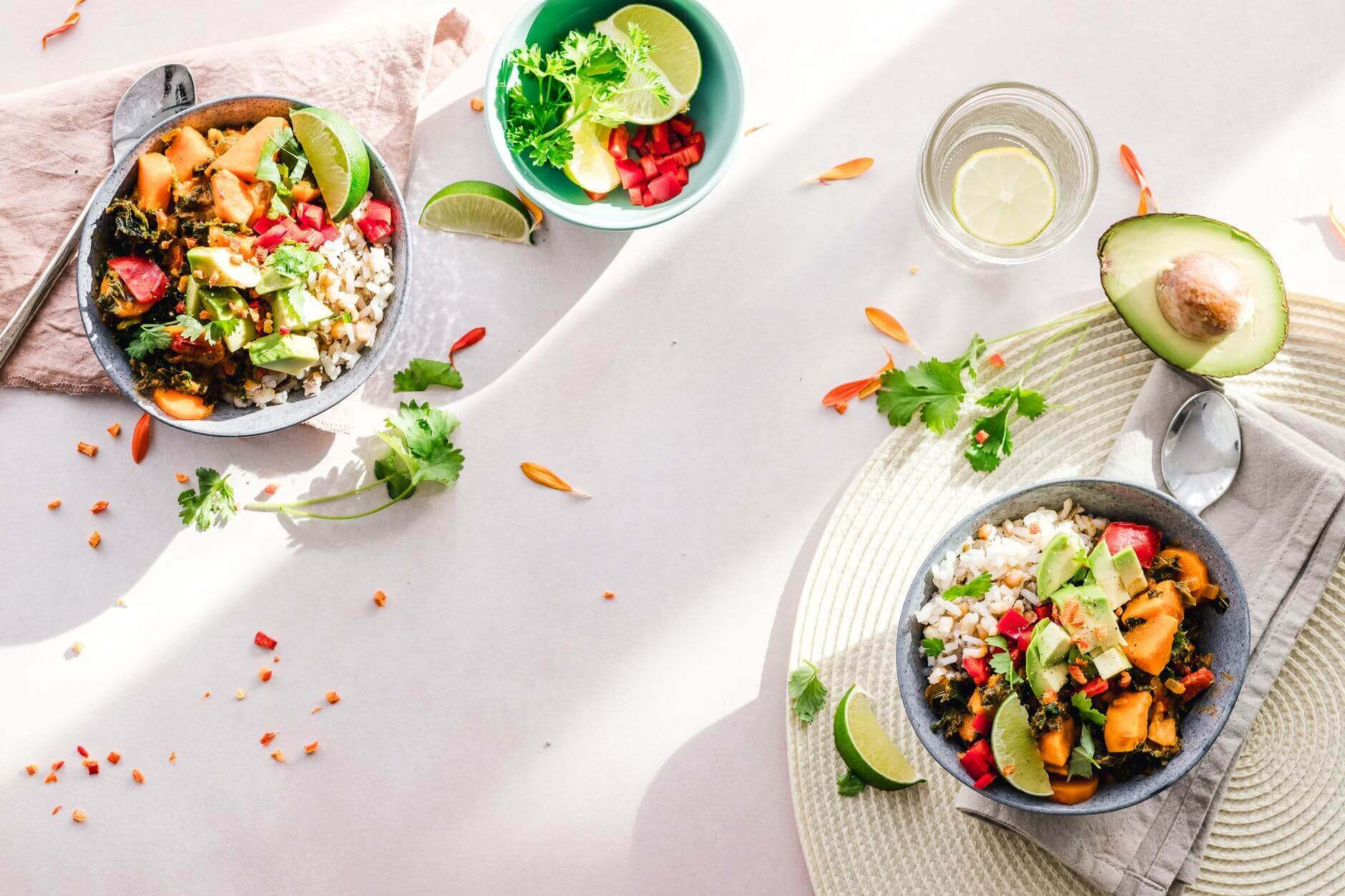Discover the Power of Plant-Based Protein
Are you looking to incorporate more plant-based protein into your diet? Whether you’re a vegetarian, vegan, or simply looking to reduce your meat consumption, there are plenty of delicious and nutritious options to explore. Plant-based protein sources offer a wide range of health benefits, including being rich in fiber, vitamins, and minerals, while also being low in saturated fats.
Top Plant-Based Protein Sources
When it comes to plant-based protein, there are numerous options to choose from. Here are some of the top sources to consider:
- Lentils: Packed with protein and fiber, lentils are a versatile ingredient that can be used in soups, salads, and stews.
- Quinoa: This ancient grain is a complete protein, containing all nine essential amino acids. It can be used as a base for salads or served as a side dish.
- Chickpeas: Whether roasted for a crunchy snack or blended into hummus, chickpeas are a great source of protein and can be used in a variety of dishes.
- Edamame: These young soybeans are not only delicious but also high in protein, making them a great addition to salads and stir-fries.
- Tofu: Made from soybeans, tofu is a versatile protein that can be used in both savory and sweet dishes, absorbing the flavors of the ingredients it’s cooked with.
- Tempeh: Another soy-based protein, tempeh is a fermented product that can be sliced, marinated, and grilled for a delicious plant-based protein option.
- Seeds: Chia seeds, flaxseeds, hemp seeds, and pumpkin seeds are all rich in protein and can be sprinkled on top of yogurt, oatmeal, or salads for an added nutritional boost.
- Nuts: Almonds, walnuts, pistachios, and cashews are not only high in protein but also provide healthy fats and a satisfying crunch.
- Beans: Whether it’s black beans, kidney beans, or pinto beans, legumes are an excellent source of plant-based protein and can be used in a wide variety of dishes.
Simple Ways to Incorporate Plant-Based Protein into Your Diet
Now that you know some of the top plant-based protein sources, here are some simple and delicious ways to incorporate them into your meals:
- Smoothies: Add a scoop of plant-based protein powder, such as pea protein or hemp protein, to your morning smoothie for an extra protein boost.
- Salads: Toss some chickpeas, edamame, or quinoa into your salads to add protein and texture.
- Stir-Fries: Incorporate tofu, tempeh, or edamame into your stir-fry dishes for a protein-packed meal.
- Snacks: Keep a stash of mixed nuts and seeds for a convenient and nutritious snack on the go.
- Buddha Bowls: Create a colorful and nutritious Buddha bowl with a mix of grains, roasted vegetables, and your choice of plant-based protein.
- Soups and Stews: Add lentils, beans, or chickpeas to your favorite soups and stews for a hearty and satisfying meal.
- Dips and Spreads: Use hummus, made from chickpeas, as a delicious dip for veggies or a spread for sandwiches and wraps.
Benefits of Choosing Plant-Based Protein
Opting for plant-based protein offers a range of benefits for both your health and the environment. Here are some reasons to consider incorporating more plant-based protein into your diet:
- Heart Health: Plant-based proteins are typically low in saturated fats, making them a heart-healthy choice.
- Sustainability: Plant-based protein sources often have a lower environmental impact compared to animal-based proteins, making them a more sustainable choice.
- Weight Management: Plant-based proteins are often high in fiber, which can help you feel full and satisfied, potentially aiding in weight management.
- Nutrient-Rich: Plant-based protein sources are rich in essential nutrients, including fiber, vitamins, and minerals, contributing to a well-rounded diet.
Final Thoughts
Incorporating more plant-based protein into your diet can be both delicious and rewarding. With a wide variety of options to choose from, you can explore new flavors and textures while reaping the health benefits of plant-based eating. Whether you’re enjoying a hearty lentil soup, a colorful quinoa salad, or a flavorful tofu stir-fry, there are endless possibilities for incorporating plant-based protein into your meals. So, why not take the leap and embrace the power of plant-based protein today?
